MAA, MAI & MaCT Final Presentations Highlights 2017/18
The Final Presentations of the first and second year of the Master in Advanced Architecture, the Master in City & Technology and the Master in Advanced Interaction took place at IAAC last week. Over four days, each of the first and second year Research Studios has presented its outputs to an international jury.
A selection of the best students’ works around the theme of Experiencing Future Cities will be on display at the Union Space of Barcelona until June 28th.
MAI Augmented Senses: Environment, Emotions and Interactive Devices
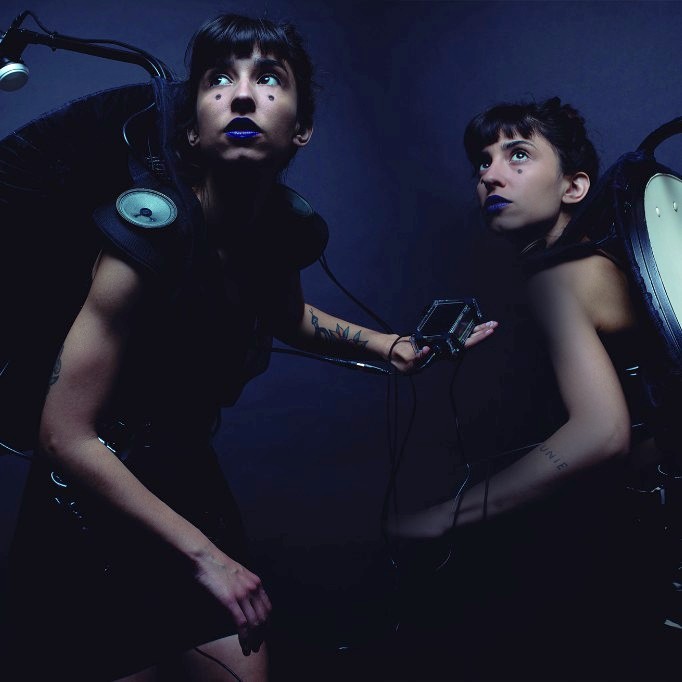
Master in Advanced Interaction (MAI) final studio focused on enhancing human capacity for empathetic exchange with Nature. Can technological advances enhance our understanding of environmental dynamics?
Dystopian places, emotional wearables, translated scents and celestial radio frequencies are some of the topics explored by this year’s students, who gave us a gateway to interact with Nature in novel ways.
MAA01 Digital Matter: Dynamic Built Spaces and Responsive Materials
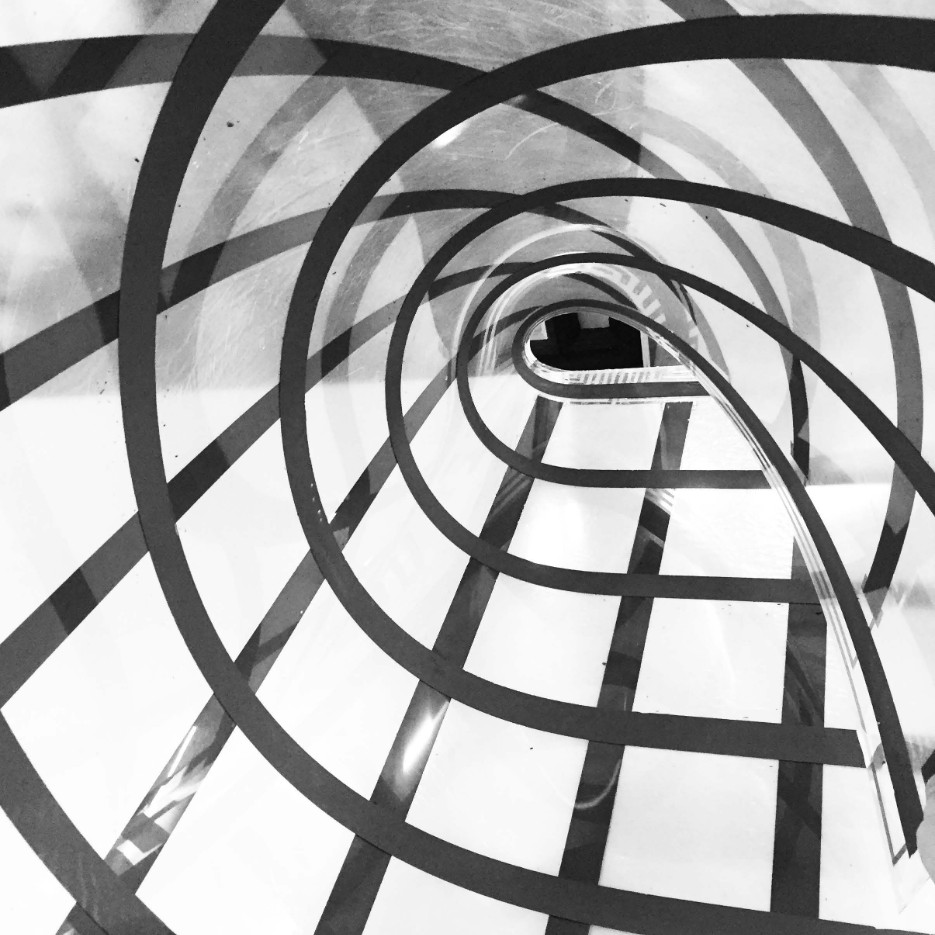
Smart materials, such as graphene, and responsive technologies have been used for the creation of the dynamic built spaces on display at the Digital Matter studio final presentations.
SYNAPSE is an interactive medium for spatiotemporal behavioural data collection and analysis based on graphene properties, whereas FLUX-IN is a responsive, macro-porous structure for the development of a lightweight, rigid system.
MaCT Designing with Fluxes: Shanghai's Future Mobility Challenges
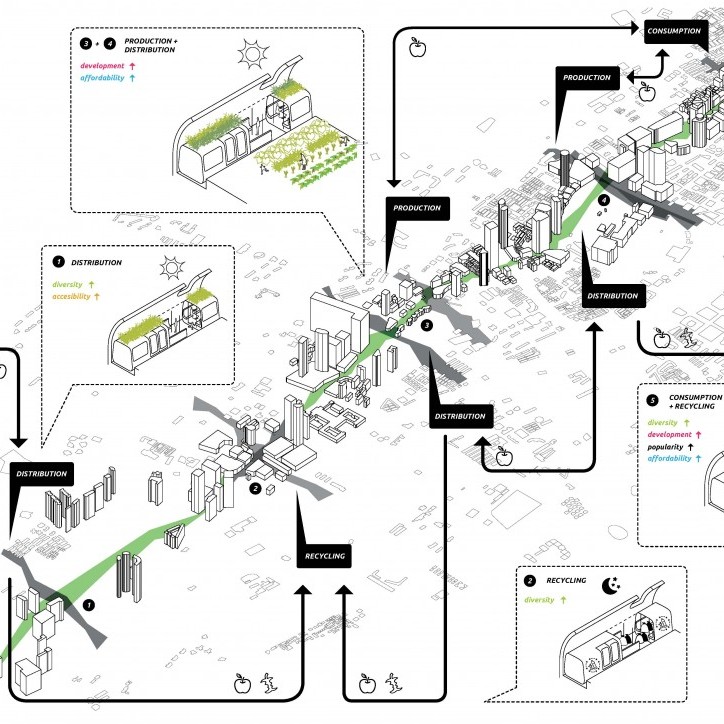
Master in City & Technology (MaCT) final studio projects aim at proposing transformative solutions for the city of Shanghai, merging transport and urban planning with service design and strategy thinking.
Urban Radar is a project that seeks to reconnect citizens with their local environment by activating programmes and influencing physical space through walking, whereas Gociti! is a data-driven system that fosters conscious decision-making and participatory democracy.
MAA02 C.Biom-A: Bio-Materials and Living Systems
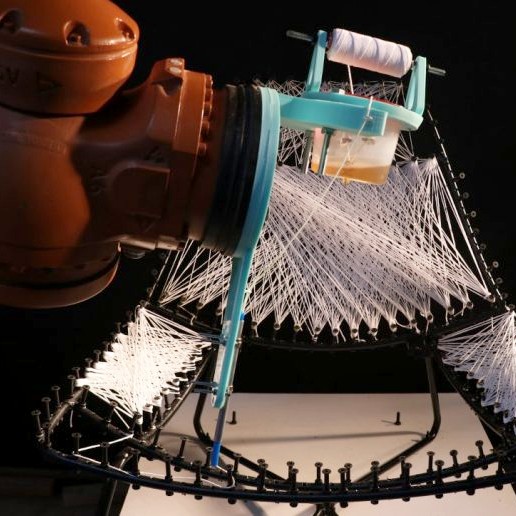
From a bio-receptive matrix, that is both structural and nutritive for optimal plant growth, to the testing of a lightweight, hygroscopic and bio-receptive material such as Algal Biomass, as a source of natural fibers for a new Bio-integrated cementitious composite.
Detritic Skeleta and Algae [Crete] are two of the new bio and environmentally integrated design strategies, exploring advanced computational models and novel Bio-inspired materials, of C.Biom-A research line.
MAA01 X Urban Design: Urban Regeneration in Hong Kong
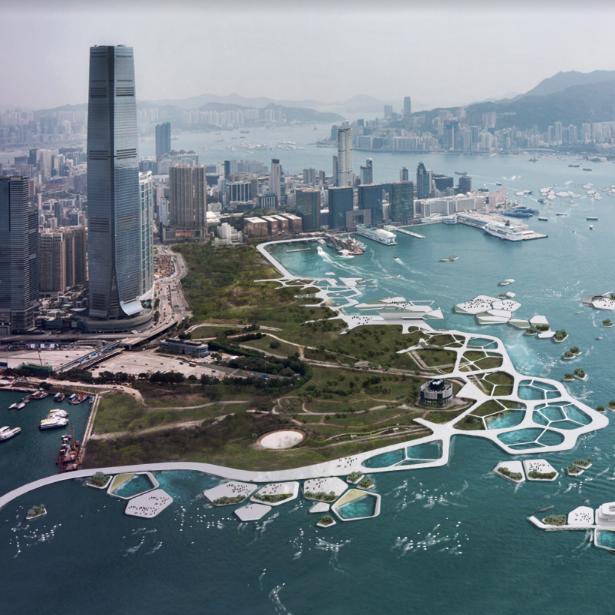
The theoretical reflections of X Urban Design Studio have been implemented this year in the peculiar territory of Hong Kong through a series of projects at the urban scale.
Float Labs is a new floating urban model, where the waste is processed and returned to the city as a resource, whereas Waterland reshapes the meeting line between water and land, giving place to a new waterfront, which reconstitutes new urban tissue on water.
MAA02 Self-sufficient Habitats: Exploring Sustainability at Different Scales
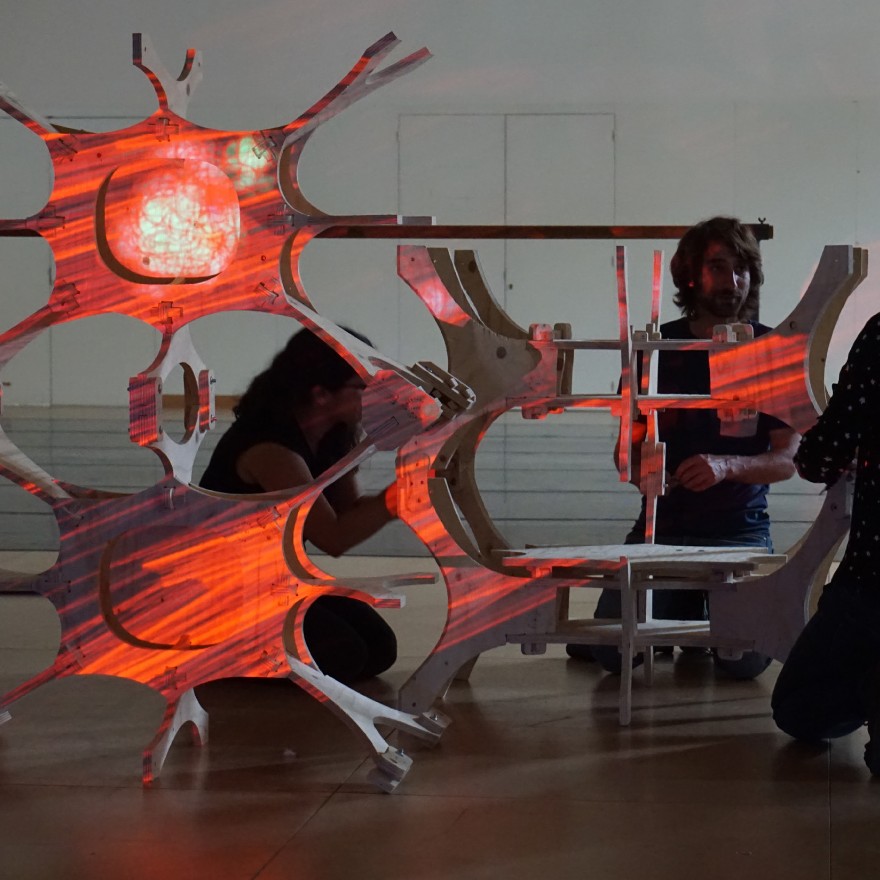
Strategical plans and scientific knowledge are the focus of Self-sufficient Habitats thesis projects, which aim is to better understand and improve the construction of social communities in the cities.
RE-LAND is a Self-sufficient Community Model for an hectare land, which allows artists and researchers to live and explore the sustainable qualities of seawater, whereas? PLUG & DISPLAY is an exhibition system allowing a sustainable cycle of work.
MAA02 Climatic Matter: Material Innovation in Non-gravitational Conditions
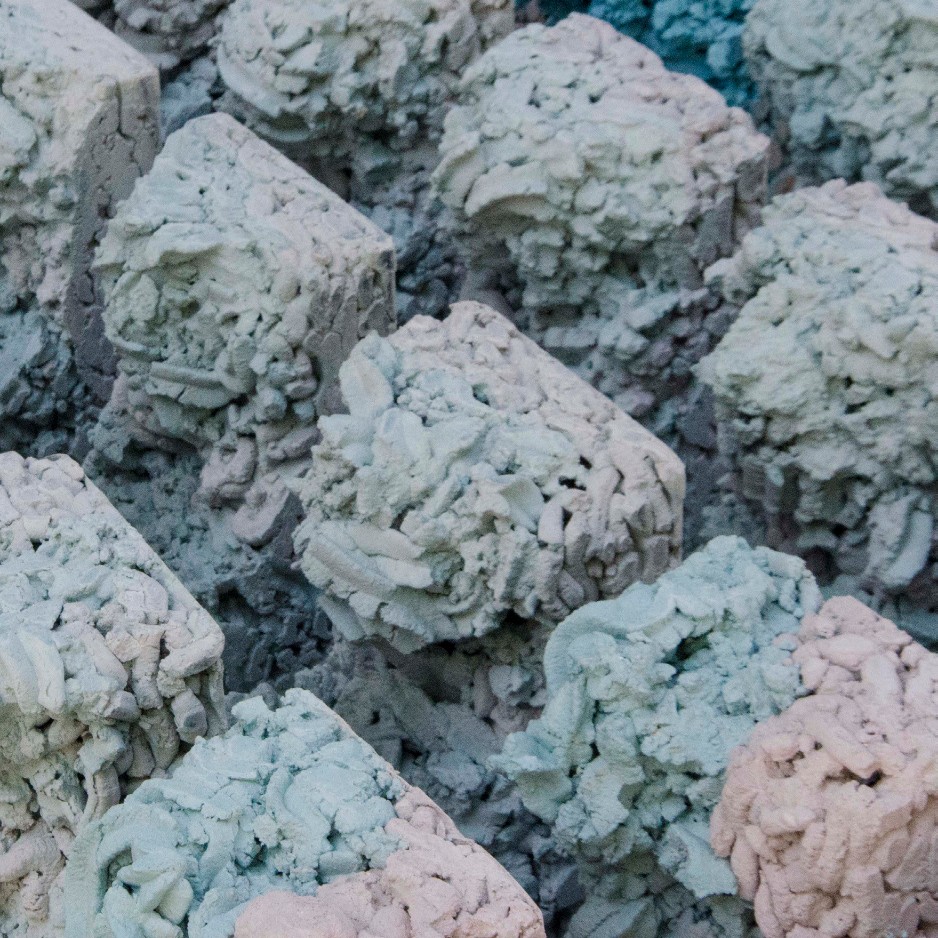
Operative and performative acts around architecture’s physical materiality are the focus of the projects developed in the Climatic Matter studio.
In this framework, Water Driven Building Block focuses on fabrication techniques related to deposition of material under water, whereas in Form Follows Flow the thermal function of space are used as an effective element of design using Climatic Columns and Computational Fluid Dynamics.
MAA02 The City in the Age of Hyperobjects: Post-capitalist Infrastructures and Hyper Buildings?
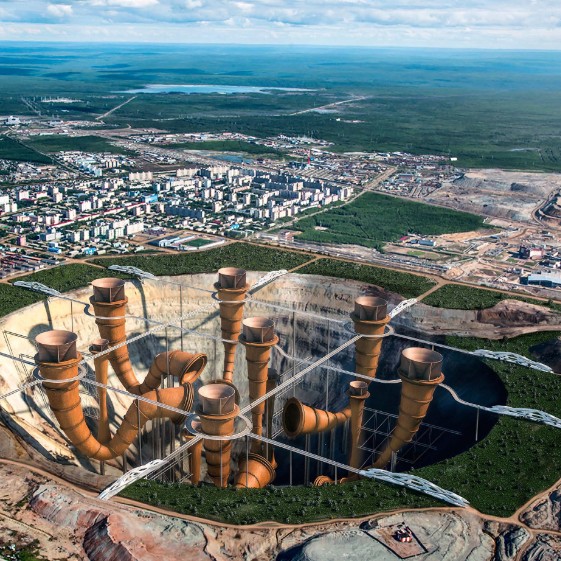
From a Meteorological Machine that constructs atmospheric environments, to a Wind Activation System for Post-natural Entropic Landscapes or New Urban Typologies for future Overpopulated Cities.
These are some of the new forms of architecture for our contemporary cities envisioned and developed by the students of the City in the Age of Hyperobjects research line.
MAA01 Self-sufficient Buildings: Urban Ecology and New Educational Models
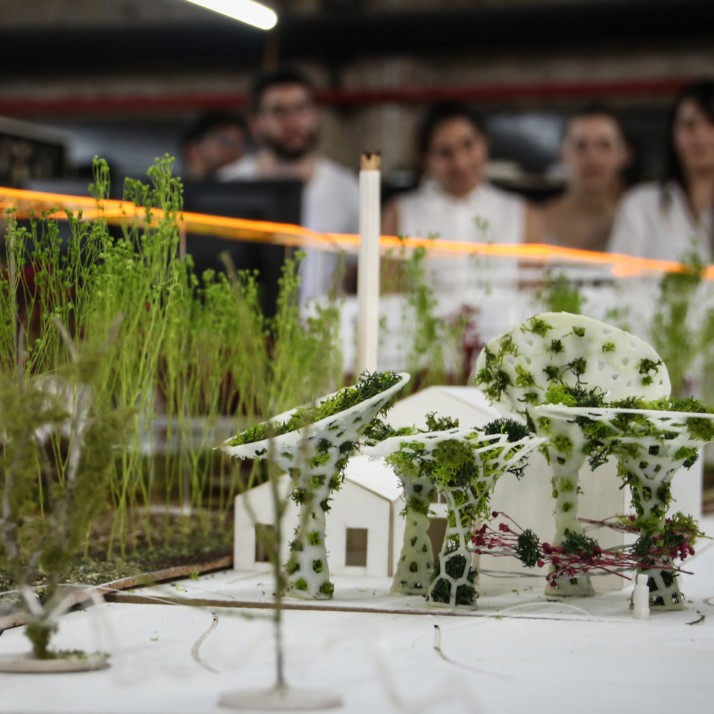
A new concept of ecology which goes beyond buildings, materials, light, space or shapes is the proposal of Self-Sufficient Buildings.
In this framework, the Nature Cluster wanted to celebrate nature by collecting trash, farming, increasing biodiversity and finally learning from nature, whereas Particle and Energy makes visible in a VR experience all the elements which bring together and connect all the projects of the studio.